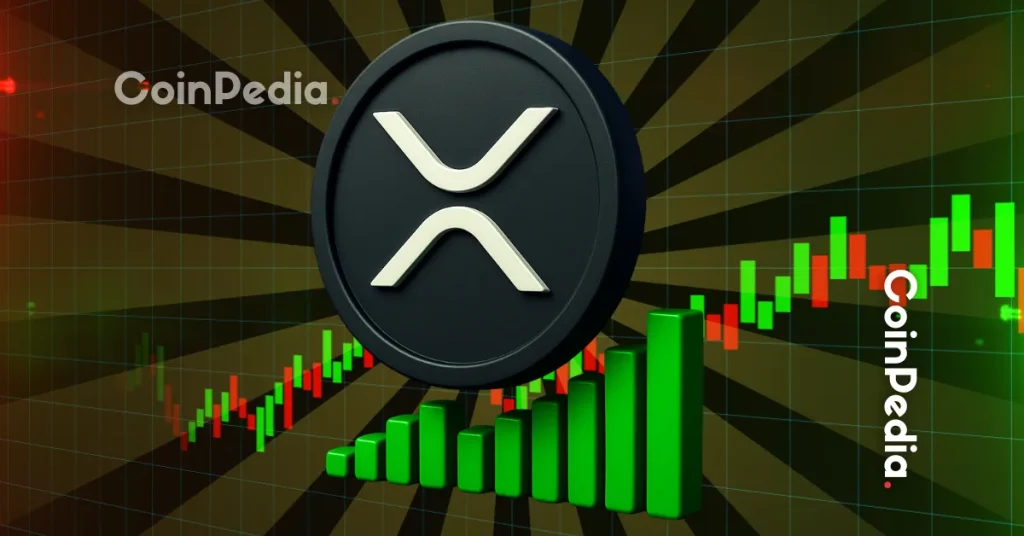
The “Shanghai” upgrade will be the most significant event for the Ethereum blockchain. In Shanghai, a number of improvements will be made to the Ethereum blockchain. Chief among them is the ability for those who stake Ethereum (ETH) to withdraw their staked coins and earned rewards.
Since its launch in December 2020, users have been helping verify transactions on the proof-of-stake (PoS) network Beacon Chain. However, at present, staking is a one-way street. The staked Ethereum was locked in a deposit contract.
Protocols like Lido, Rocketpool and StakeWise have launched “liquid staking” tokens to fill this void.
These tokens represent staked ETH. The price is volatile and can be used across the DeFi (decentralized finance) ecosystem. It remains to be seen what impact the Shanghai upgrade will have on these protocols, which currently dominate liquid staking, if there is a massive influx of ETH into the market as staked ETH can be withdrawn.
The Shanghai upgrade is likely to increase the popularity of ETH staking in general. Encourage competition among staking protocols and benefit users. In addition, it will also increase the security of the new PoS chain on the Ethereum blockchain.
bullish signal
It is easy to imagine that Shanghai’s implementation during a bear market would damage the staking ecosystem. Stakers worried about the macro outlook for crypto assets in 2023 may withdraw their staked ETH to keep their assets liquid in the event of further market turbulence. Fearing crackdowns on companies that offer staking services, new stakers may not be as popular as they were during the bull market boom.
Longer term, however, Shanghai (especially the ability to withdraw staked ETH and rewards) offers a bullish outlook for Ethereum. Specifically, Shanghai will increase incentives for ETH liquidity providers in three ways.
1. Promote innovation
First of all, Shanghai encourages further innovation in direct staking and liquid staking solutions. The ability to stake, withdraw and re-stake rewards more frequently will create more sensitive financial applications as people seek opportunities to maximize profits while minimizing risk. Complex lending solutions may also emerge.
Shanghai will also benefit individual liquidity providers on the Liquid Staking platform. Platforms will be forced to become more user-friendly, protocols will compete for liquidity providers, and more features and incentives will emerge.
2. Strengthen the position of ETH
Second, Shanghai strengthens ETH’s position. The yield that the Ethereum blockchain will pay after Shanghai will depend on the liquidity of the network and the size of the transaction, making it something of a “base yield” for ETH. Existing and new staking protocols will have to compete with the yield mechanism of the Ethereum blockchain, making ETH safer, more stable, predictable and less risky.
3. Sovereignty over assets
Third, Shanghai gives ETH liquidity providers a simple but powerful sense of security. In the world of crypto assets, the guiding principle is sovereignty over one’s assets. Even for those who believe deeply in the Ethereum blockchain, contracts that call for locking assets are hard to accept. Shanghai removes the psychological hurdles to participation and allows liquidity providers to stake more confidently.
Shanghai as a whole thus creates a new innovation cycle dedicated to ETH staking. Liquidity providers will definitely benefit from this innovation, gaining access to a growing ecosystem of features, tools and service providers. The result is a more decentralized ecosystem of liquidity providers and a more secure network.
Centralization concerns
However, there is one important point to keep in mind after Shanghai is implemented. Centralization of staking. On the surface, the increase in ETH staking seems to imply an increase in the “decentralization” of the network. However, if most of the post-Shanghai new stakers choose to stake through cryptocurrency exchanges such as Coinbase, there is a risk that a few centralized on-chain firms will dominate the ecosystem.
With this in mind, I hope that the staking industry will see innovations that increase decentralization in the long term. Increased competition will mean more options, and each protocol will seek to differentiate itself with better products and services. Additionally, organizations such as the Ethereum Foundation should focus on the user experience (UX) of individual stakers to provide incentives to create more resilient staking networks.
Migration complete
More upgrades are planned for the Ethereum blockchain in the future. Shanghai, however, provides a sense of ‘done’. It gives the feeling that the transition to PoS is finally complete.
The Ethereum blockchain has survived so far. And now you’re ready to thrive.
Kevin de Patoul: Co-founder and CEO of Keyrock
|Translation and editing: Akiko Yamaguchi, Takayuki Masuda
|Image: Shutterstock
|Original: What the Ethereum Shanghai Upgrade Will Mean for ETH Liquidity
The post What is the impact of the “Shanghai” upgrade on ETH’s liquidity? Will new growth start | coindesk JAPAN | Coindesk Japan appeared first on Our Bitcoin News.

 2 years ago
143
2 years ago
143














 English (US) ·
English (US) ·